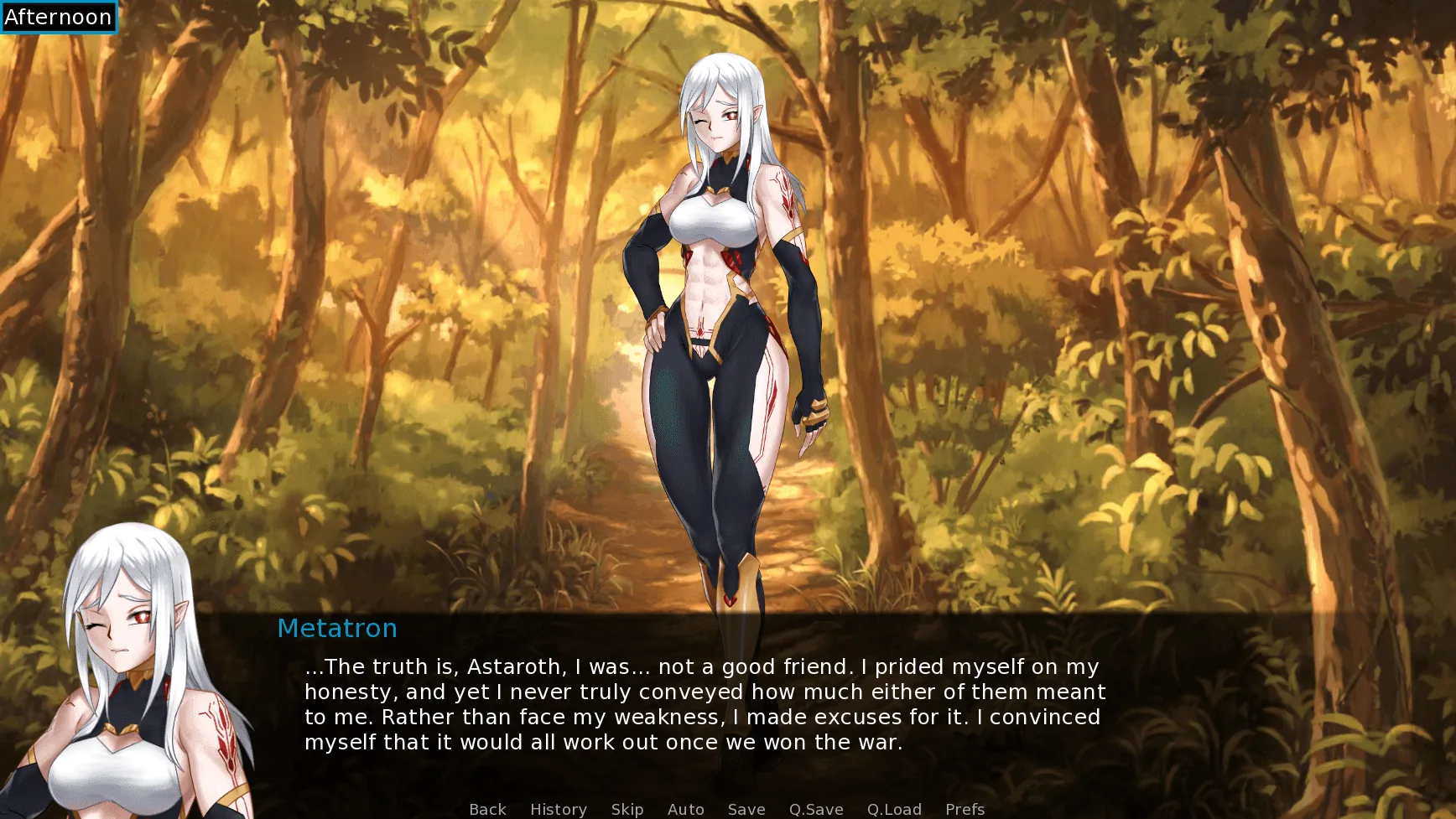
Only a Dream
Play Only a Dream
Only a Dream review
Explore the unique features, gameplay, and experience of Only a Dream game
Only a Dream is a distinctive game that offers players an immersive and surreal experience unlike typical titles in its category. This article dives deep into the game’s core mechanics, storyline, and what makes it stand out in its genre. Whether you’re curious about how the game plays or looking for tips to enhance your journey, this guide covers everything you need to know about Only a Dream.
Understanding Only a Dream: Gameplay and Story Overview
What is Only a Dream? An Introduction to the Game
If you’re tired of games that hold your hand through every step, telling you exactly where to go and what to feel, then you’ve come to the right place. 😴 The Only a Dream game is something entirely different. It’s less a traditional game and more a journey into a sleeping mind. I remember the first time I booted it up; I wasn’t just playing a game, I was stepping into a memory, a feeling, a piece of someone’s subconscious. It’s an experience that stays with you long after you’ve put the controller down.
So, what exactly is it? At its heart, Only a Dream is a first-person exploration title built on a foundation of dream logic and emotional discovery. 🌀 You won’t find health bars or skill trees here. Instead, you navigate a world where physics are suggestions, architecture breathes, and the past whispers from the shadows. The objective isn’t to conquer, but to understand. To piece together a narrative that is as personal as it is universal. It’s a surreal game experience that challenges your perception of what a video game can be.
Core Gameplay Mechanics and Player Interaction
The magic of the Only a Dream gameplay loop lies in its beautiful simplicity. You aren’t a hero with a gun; you are a witness with a curious mind. The primary game mechanics Only a Dream employs are exploration, manipulation, and emotional resonance.
The controls are intuitive: you move, you look, and you interact. But the “interact” button is your key to everything. 🗝️ You might use it to pick up a photograph that shifts into a living scene, or to touch a wall that dissolves into a new pathway. The world itself is your interface. This approach to player interaction Only a Dream champions is subtle yet profound. You don’t force the world to change; you gently nudge it, and it responds in kind.
Here’s a breakdown of the core interactions:
| Action | Effect in the Game World |
|---|---|
| Touching a Memory Object | Triggers a brief, playable flashback or alters the immediate environment. |
| Solving an Environmental Puzzle | Progresses the narrative by reshaping the dreamscape (e.g., aligning constellations to open a door). |
| Emotional Choice | Selecting dialogue or actions that influence the tonal outcome of the story, not a binary good/evil ending. |
My best piece of advice? Slow down. 🐌 The first time I played, I rushed through a beautiful garden of floating clocks, missing the subtle chime each one made. On my second playthrough, I took the time to “listen” to them all, and the entire area transformed, revealing a hidden narrative layer about lost time. The Only a Dream gameplay rewards patience and observation over quick reflexes. It’s a game you feel with your heart more than you play with your thumbs.
Narrative Style and Storytelling Approach
This is where the Only a Dream game truly separates itself from the pack. The Only a Dream story isn’t told through cutscenes or lengthy dialogue trees. It’s uncovered, felt, and interpreted. The narrative is a tapestry woven from dreamlike storytelling techniques, where symbolism reigns supreme. A locked door isn’t just a lock; it’s a repressed memory. A rising tide isn’t just water; it’s overwhelming anxiety.
I’ll never forget the “Ocean of Regret” sequence. 🌊 You’re walking along a shoreline, and each step you take causes the waves to pull back, revealing objects buried in the sand—a broken toy, a faded letter. There’s no text pop-up explaining what these mean. The power comes from the atmosphere, the sound design, and your own personal connection to these archetypal items. It hit me with a wave of melancholy for mistakes I’d made in my own life. That’s the emotional impact this game is capable of.
The dreamlike storytelling is built on a few key pillars:
- Environmental Narration: Every crumbling castle and serene forest is a chapter in the story.
- Symbolic Progression: You don’t gain keys; you gain understanding, which metaphorically unlocks new areas.
- Emotional Causality: Your feelings, reflected in your choices, directly shape the aesthetic and tone of the world around you.
The Only a Dream story unfolds not like a book, but like a… well, a dream. It’s fluid, non-linear, and deeply personal. You are an active participant in deciphering the narrative, making your journey through this surreal game experience uniquely your own. It’s a masterpiece of mood and metaphor, proving that sometimes the most powerful stories are the ones we help write ourselves in the quiet spaces of our minds. ✨
Only a Dream offers a unique blend of surreal storytelling and engaging gameplay that captivates players seeking an immersive experience. Its dreamlike atmosphere and distinct narrative style set it apart, making it a memorable journey worth exploring. Whether you’re new to the game or looking to deepen your understanding, embracing its nuances enhances the overall experience. Dive into Only a Dream and discover the layers of its intriguing world.




















